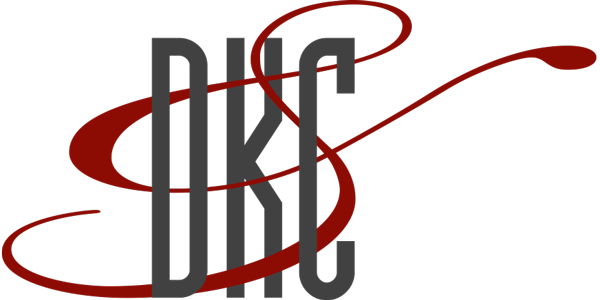New Partnership Audit Regime
WHAT IS THE NEW CENTRALIZED PARTNERSHIP AUDIT REGIME?
If you own an interest in a partnership or LLC, you may have heard about the new audit rules that went into effect as part of the tax reform legislation passed in 2017. The phrase “centralized partnership audit regime” sounds a bit ominous, so we’re here to break it down for you.
Partnerships (and LLCs taxed as partnerships) are “flow-through” entities. Rather than paying Federal taxes themselves, the taxable income and losses are passed on to their owners. So, what happens when the tax authorities prescribe adjustments as the result of an audit examination? Under the old rules, those changes flowed through directly to the partners. For example, if the IRS determined that a partnership incorrectly took a deduction on their partnership tax return, each partner would most likely have to amend that year’s individual tax return to report the adjusted income and pay tax at the individual level. This presented a problem, especially with large partnerships: A single adjustment could flow through to hundreds of individual returns, meaning the IRS would have to chase down each taxpayer and then process each amended return.
The Tax Cuts and Jobs Act changed this issue starting in 2018 by shifting the responsibility for audit-related changes from the partners to the partnership itself. Of course, since flow-through entities do not pay Federal income taxes, there are no partnership tax brackets, so legislators made it simple: for audit-related adjustments that result in an “imputed underpayment,” the partnership would pay tax at the highest individual rates. The new rules added another wrinkle. Audits inherently are conducted a few years after the tax year being audited. If the entity’s ownership changed during that time, it could lead to a situation where new partners are responsible for an audit adjustment relating to a time during which they did not even own the partnership interest.
The provision includes an election to opt-out of the new rules. This election can be made on an annual basis. However, this option is available only to “small” partnerships (those with no more than 100 K-1s) with eligible partners (individuals, C and S corporations, or estates of deceased partners). For example, a partnership that includes an interest held by a trust – even a grantor trust – may not elect out of the centralized partnership audit regime.
The bottom line: Should a partnership elect out of the new regime if it can? That depends. Partners in lower tax brackets would realize a tax benefit from having income adjustments flow through to their individual returns. On the other hand, keeping adjustments at the partnership level saves partners the trouble of having to prepare and file amended individual returns. It’s always best for partners to discuss the issues amongst themselves and to decide what works best for them. Consider amending the partnership agreement to reflect any resolutions made.
If you have any questions about how to approach this issue within your partnership or LLC, feel free to contact your representative at DKC.



